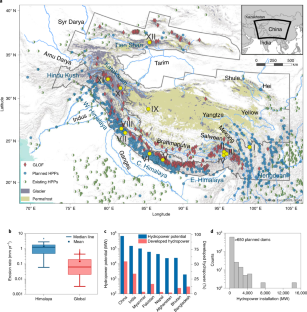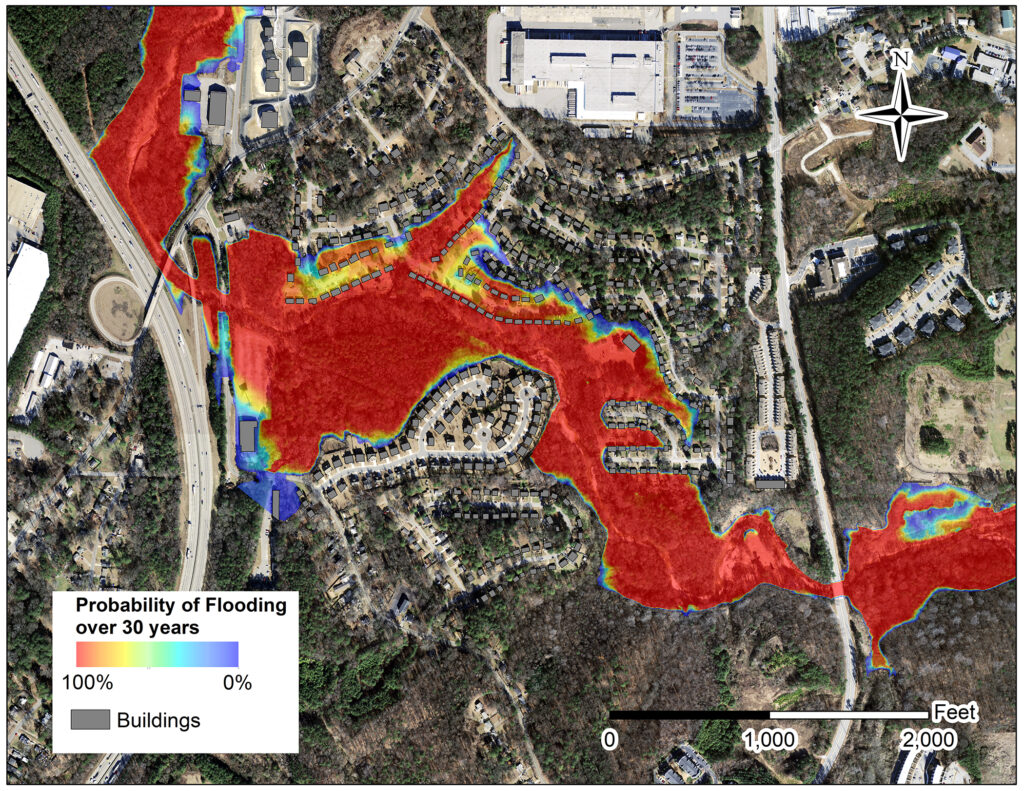気候変動は高山氷河の後退と崩壊を引き起こし、下流の水力発電システムに複合的なリスクをもたらす Climate change causes the recession and collapse of high mountain glaciers, posing compounding risks to downstream hydropower systems
2022-06-29 シンガポール国立大学(NUS)
流量を調整し、水力発電を行うための貯水池の建設は、こうした変化に適応するための戦略上、重要な役割を担っています。しかし、本研究は、これらのプロジェクトが、地域全体の景観を不安定にする、相互に作用する複雑なプロセスの影響を受けやすいことを明らかにした。
これらのプロセスには、氷河の後退と剥離、永久凍土の融解とそれに伴う地すべり、岩氷なだれ、土石流、氷河湖や地すべりダム湖からの決壊洪水などがあり、その深刻さと変化の速度は様々である。その結果、大量の土砂が動員され、貯水池を満杯にし、ダムの決壊や発電用タービンの劣化を引き起こす可能性がある。
<関連情報>
- https://news.nus.edu.sg/nus-led-study-reveals-high-mountain-asia-hydropower-systems-threatened-by-climate-change/
- https://www.nature.com/articles/s41561-022-00953-y
気候変動による景観の不安定さが危惧されるアジア高山帯の水力発電システム High Mountain Asia hydropower systems threatened by climate-driven landscape instability
Dongfeng Li,Xixi Lu,Desmond E. Walling,Ting Zhang,Jakob F. Steiner,Robert J. Wasson,Stephan Harrison,Santosh Nepal,Yong Nie,Walter W. Immerzeel,Dan H. Shugar,Michèle Koppes,Stuart Lane,Zhenzhong Zeng,Xiaofei Sun,Alexandr Yegorov & Tobias Bolch
Nature Geoscience Published:23 June 2022
DOI:https://doi.org/10.1038/s41561-022-00953-y

Abstract
Global warming-induced melting and thawing of the cryosphere are severely altering the volume and timing of water supplied from High Mountain Asia, adversely affecting downstream food and energy systems that are relied on by billions of people. The construction of more reservoirs designed to regulate streamflow and produce hydropower is a critical part of strategies for adapting to these changes. However, these projects are vulnerable to a complex set of interacting processes that are destabilizing landscapes throughout the region. Ranging in severity and the pace of change, these processes include glacial retreat and detachments, permafrost thaw and associated landslides, rock–ice avalanches, debris flows and outburst floods from glacial lakes and landslide-dammed lakes. The result is large amounts of sediment being mobilized that can fill up reservoirs, cause dam failure and degrade power turbines. Here we recommend forward-looking design and maintenance measures and sustainable sediment management solutions that can help transition towards climate change-resilient dams and reservoirs in High Mountain Asia, in large part based on improved monitoring and prediction of compound and cascading hazards.



